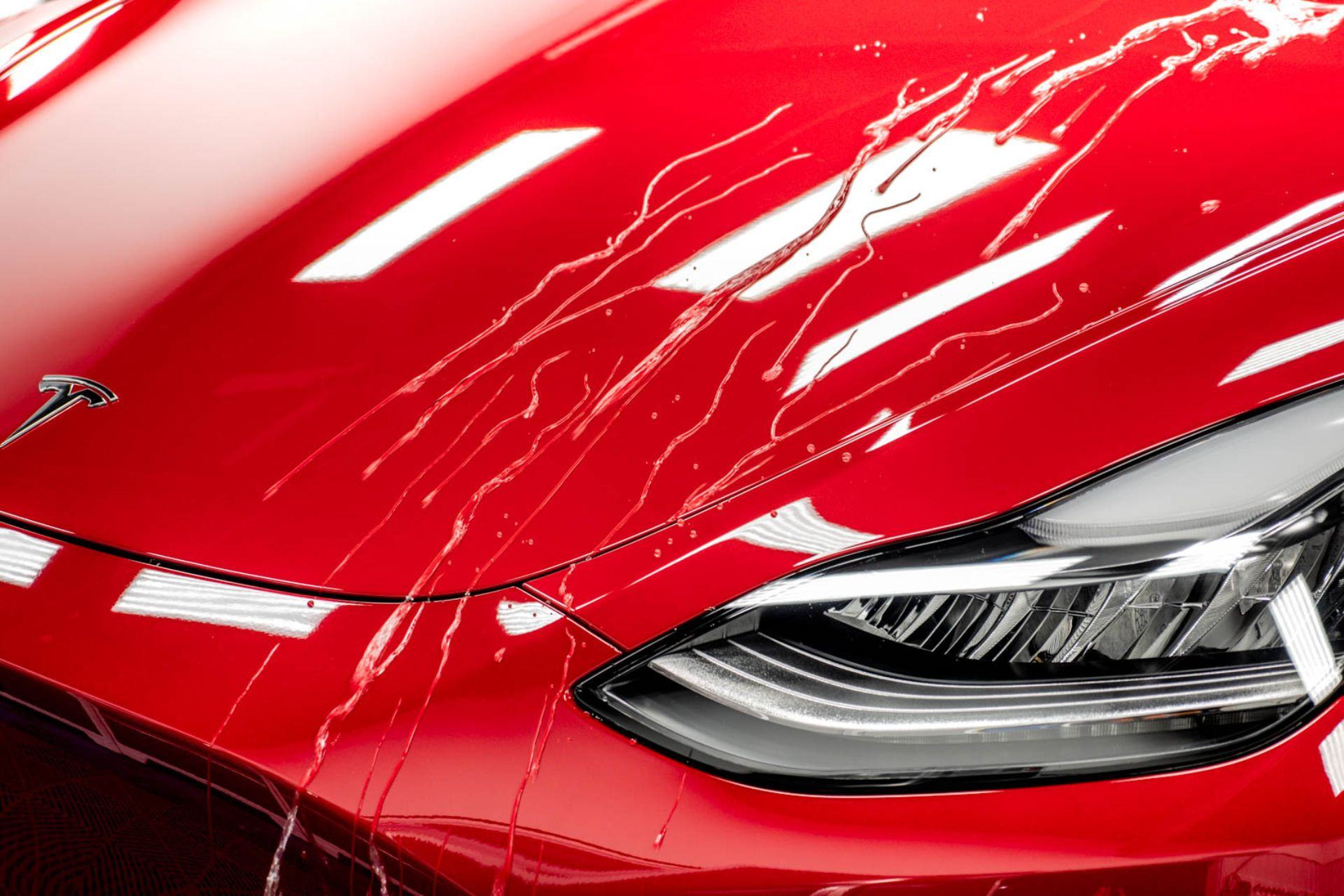Find expert auto detailing to keep your car looking like new.
Find expert auto detailing to keep your car looking like new.
Blog Article
A Comprehensive Guide to the Kinds of Ceramic Finish on the marketplace
Ceramic coverings have arised as a critical service throughout various markets due to their unique properties and applications. As we explore the distinctive characteristics and applications of these finishes, the implications for efficiency and durability come to be significantly obvious, increasing concerns concerning which type could ideal suit your needs.
Understanding Ceramic Coatings
Ceramic finishes are innovative safety services that have obtained appeal in numerous markets, particularly in automotive and aerospace applications. These layers include a fluid polymer that, when healed, forms a durable, hydrophobic layer on the surface of the substrate. This layer offers boosted resistance to ecological pollutants, UV radiation, and chemical exposure, thus extending the life and visual charm of the underlying material.
The fundamental part of ceramic coverings is silica, which adds to their hardness and toughness. The application procedure normally entails surface area prep work, application of the layer, and treating, which can be achieved with heat or UV light. As soon as treated, ceramic finishings exhibit remarkable bonding residential or commercial properties, allowing them to stick strongly to a variety of surfaces, including metals, plastics, and glass.
Along with their safety features, ceramic finishings likewise provide ease of maintenance. Their hydrophobic nature decreases the adherence of dirt and crud, making cleansing easier and less frequent. On the whole, the fostering of ceramic finishes represents a significant development in surface area protection technology, providing both practical and visual advantages across multiple markets.
Kinds Of Ceramic Coatings
Different sorts of ceramic coatings are available, each made to fulfill details efficiency needs and applications - Auto Detailing. One of the most usual types consist of:
Silica-based Coatings: These coverings largely contain silicon dioxide and are known for their toughness and chemical resistance. They are extensively made use of in automobile and industrial applications.
Titanium Dioxide Coatings: Prominent for their photocatalytic residential properties, titanium dioxide layers are usually used in settings where self-cleaning and antifungal buildings are preferable, such as in building materials and automotive coatings.
Zirconia Coatings: Identified by their high-temperature security and thermal resistance, zirconia layers are made use of in applications such as generator engines and high-performance automotive components.
Alumina Coatings: Exhibiting exceptional firmness and thermal security, alumina layers are frequently made use of in wear-resistant applications, including cutting devices and commercial machinery. - scratch repair sarasota
Hybrid Coatings: Incorporating the homes of various materials, crossbreed finishes use improved efficiency qualities, making them suitable for one-of-a-kind and demanding applications.
Each kind of ceramic finishing serves unique purposes, permitting individuals to choose the most proper option based on specific environmental problems and performance requirements.
Advantages of Ceramic Coatings
Ceramic finishes, in particular, offer countless benefits that make them increasingly prominent amongst producers and basics consumers alike. These finishes are immune to scrapes, chemicals, and UV rays, guaranteeing that the underlying surface area remains protected over time.
Along with sturdiness, ceramic finishes provide outstanding hydrophobic properties, allowing for easy cleaning and maintenance. This water-repellent nature decreases the adherence of dust, grime, and various other pollutants, which can extend the aesthetic allure and functionality of the surface area. Ceramic layers can significantly boost thermal resistance, making them excellent for applications that sustain high temperature levels.

Application Refine
When using ceramic layers, a careful technique is important to accomplish optimal results. The application procedure typically starts with detailed surface area preparation. This involves washing, decontaminating, and check these guys out polishing the surface to get rid of all contaminations, consisting of dust, oil, and prior waxes or sealants. A tidy surface ensures correct bond of the finish.
As soon as the surface is prepped, the next step is to use the ceramic coating. This can be done using an applicator pad or a microfiber fabric, making sure even insurance coverage. It is critical to operate in small sections to preserve control and protect against premature treating. The covering must be applied in slim layers, as thicker applications can cause irregular coatings.
After application, the finishing requires a particular treating time, commonly ranging from a few hours to a complete day, depending on the item. Adhering to these actions vigilantly will maximize the performance and durability of the ceramic finishing, supplying a long lasting safety layer for the surface area.
Maintenance and Longevity
To ensure the long life and performance of a ceramic coating, normal upkeep is important. Ceramic coatings, understood for their toughness and safety qualities, require certain care routines to optimize their life expectancy and efficiency.
Along with regular washing, regular inspections are vital. Seek indicators of wear or damage, such as hydrophobic properties diminishing or surface area imperfections. If essential, a light gloss might be applied to revitalize the covering without removing it away.
Furthermore, the application of a booster spray can enhance the finish's hydrophobic effects and recover its gloss. This is particularly useful for coatings that have remained in use for get redirected here a prolonged period. Eventually, by adhering to these maintenance techniques, one can considerably prolong the life of a ceramic layer, making sure that it remains to offer optimal defense against environmental elements and preserve the aesthetic allure of the automobile.
Conclusion

Report this page